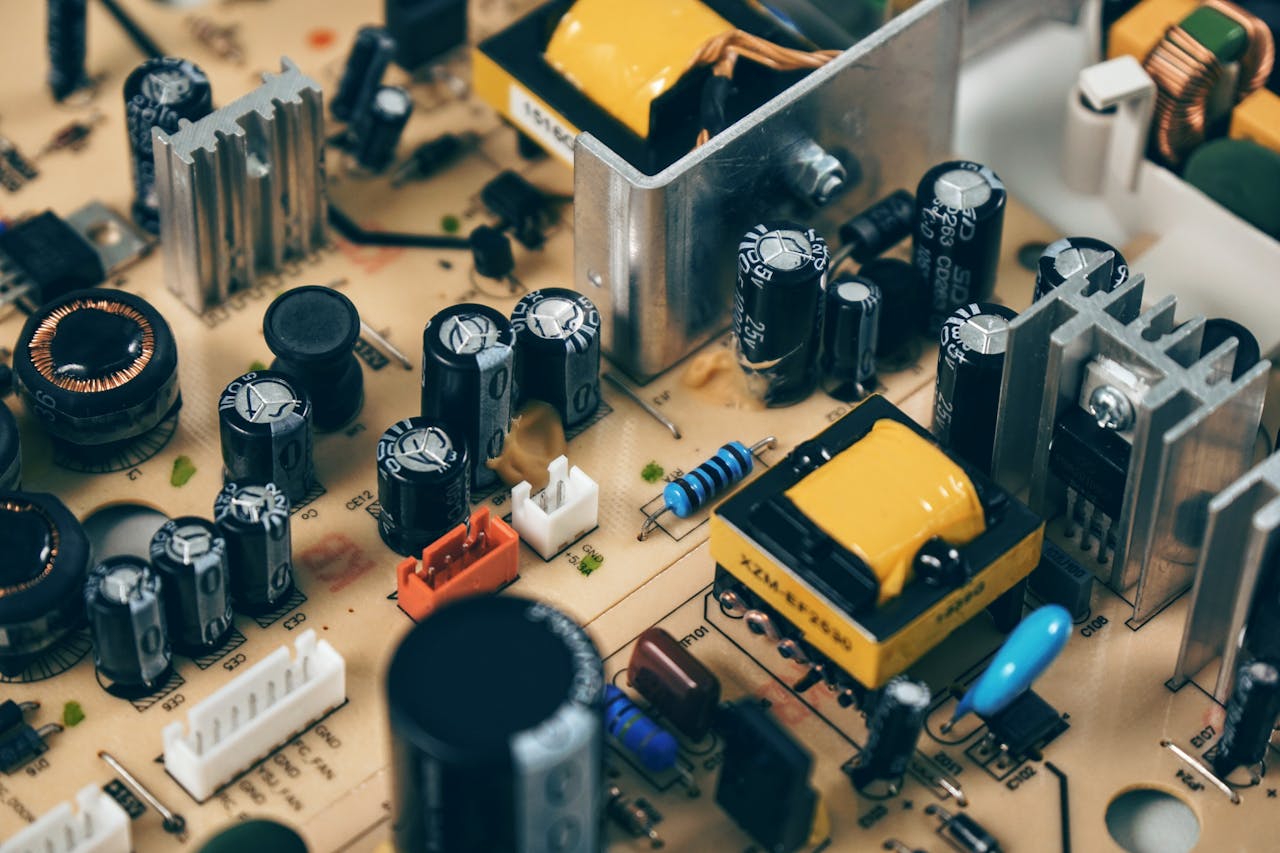Impedance vs Resistance: Unraveling the Electrical Mysteries

In the realm of electrical circuits, understanding the differences between impedance and resistance is very important. While both terms may seem interchangeable at first glance, a deeper exploration reveals distinct characteristics that influence the behavior of electronic components. In this comprehensive article, we will delve into the intricacies of impedance and resistance, elucidating their significance in electrical engineering.
Impedance: The Dynamic Force in Circuits
What is Impedance?
Impedance is like the all-in-one package in the world of circuits – it’s got a bit of everything, including resistance, capacitance, and inductance.
Unlike resistance, which is kind of like the grumpy gatekeeper resisting the flow of current, impedance is more like a dynamic force.
It’s not just sitting there being stubborn; it’s responding to changes in frequency, adding a bit of spice to the mix. Think of it as a barrier to alternating current (AC), giving circuits a whole new level of complexity and intrigue.
Components Influencing Impedance
- Resistance: So, in the world of circuits, resistance is like the gatekeeper. Its job is to put up a bit of a fight against the flow of electric current. Think of it as the traffic cop of the circuit, deciding how much current can pass through without causing chaos. It’s kind of like the circuit’s way of saying, “Hold on, not too fast!”
- Capacitance: It’s like the circuit’s memory bank. You see, impedance, which is like the circuit’s overall vibe, gets influenced by how good a component is at storing electrical energy temporarily. This storage skill is what we call capacitance. Now, when this happens, it can lead to a bit of a dance in the current flow – we call it a phase shift. So, capacitance is like the rhythm section in our circuit band, adding its unique beat to the overall impedance groove.
- Inductance: They’re like little energy savers in the circuit because they can store energy in a magnetic field. Now, here’s the twist – they bring an extra layer to impedance. This extra layer, called inductive reactance, is like the circuit’s way of saying, “Whoa, slow down!” It’s not a big fan of sudden changes in current, so it kind of puts up a resistance to those changes. Think of it as the circuit’s way of keeping things steady and avoiding any sudden surprises.
Resistance: The Fundamental Opposition
Unveiling the Nature of Resistance
Resistance is the straightforward opposition to the flow of electrical current. In a direct current (DC) circuit, it’s the primary factor influencing the current, following Ohm’s Law (V = IR). However, in the more complex realm of AC circuits, impedance takes the stage.
Impedance vs Resistance: Bridging the Gap
AC Circuits: A Confluence of Forces
In alternating current circuits, the interplay between impedance and resistance becomes paramount. While resistance hinders the flow of current, impedance introduces a more intricate resistance that adapts to the frequency of the current.
Practical Applications
- Audio Systems: Impedance matching is crucial in audio systems to optimize power transfer between components like amplifiers and speakers.
- Power Transmission: Understanding impedance is vital in power transmission, as it influences the efficiency and stability of electrical grids.
Navigating the Electrical Landscape
Impedance in Frequency Domains
As frequency varies, the influence of impedance dynamically adjusts. This variability is crucial in designing circuits for specific applications, ensuring optimal performance across a spectrum of frequencies.
Calculating Impedance
The calculation of impedance involves considering resistance, capacitance, and inductance in a harmonious equation. A thorough understanding of these parameters is imperative for precise calculations.
Conclusion
In the dance of electrons through circuits, impedance and resistance stand as key players, each influencing the other in myriad ways. Recognizing their roles and differences is pivotal for engineers and enthusiasts navigating the world of electrical components.




